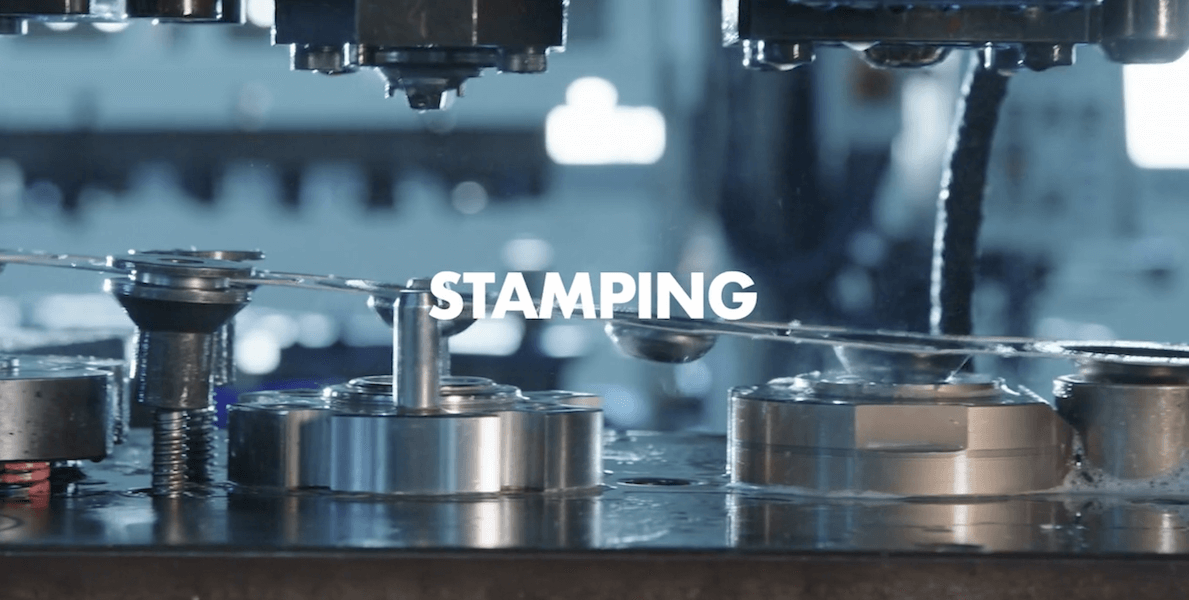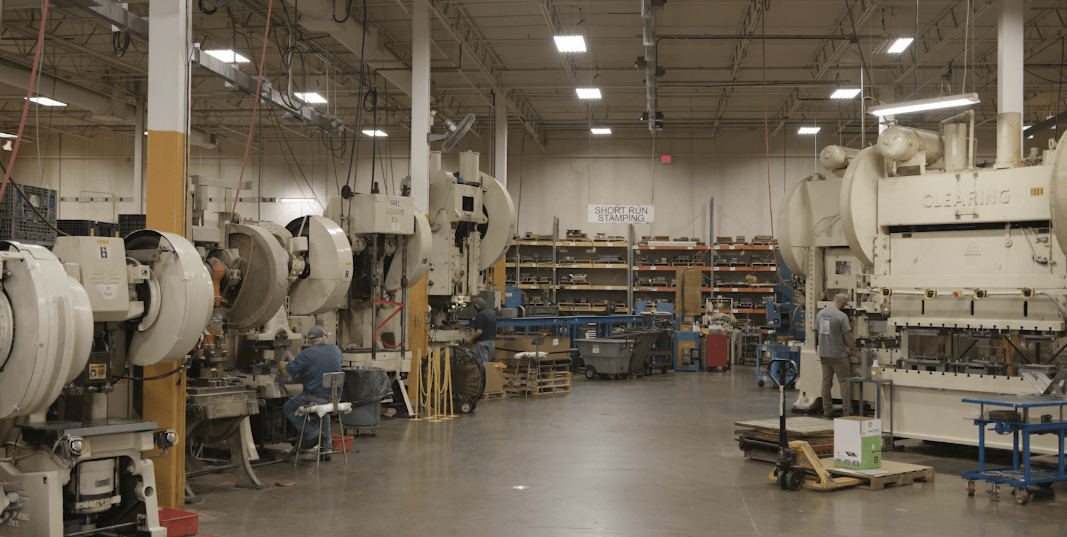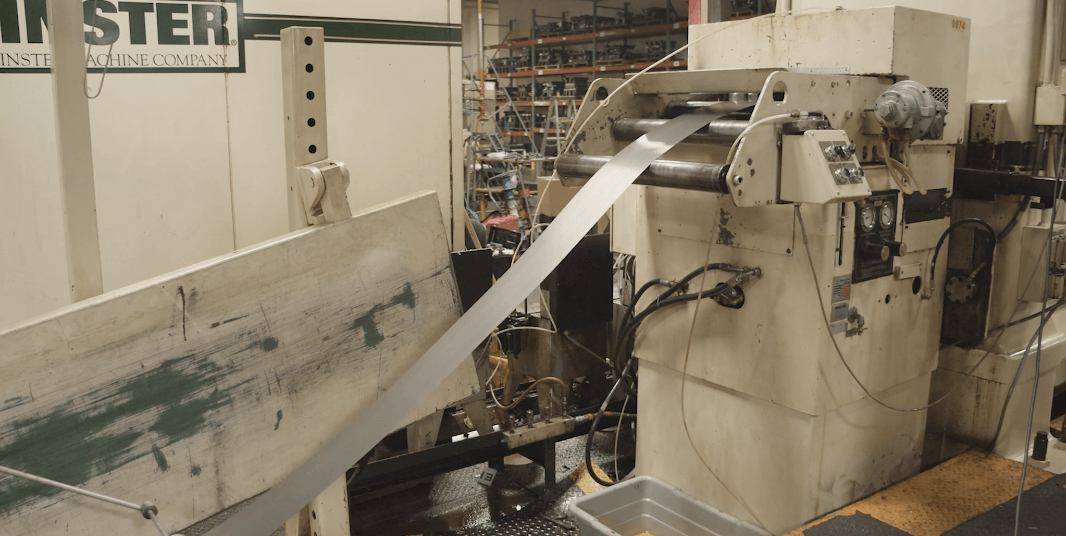Short-run Stamping vs. Progressive Stamping: What’s the Difference?

In the world of precision metal stamping, every project falls into one of two camps: short-run stamping or progressive stamping. Now, that’s all fine and good, but if you’re unfamiliar with what these two terms mean, that isn’t really helpful.
Of course, you could place blind faith in your metal supply company to provide you with the right service for your needs. However, if you’re reading this, it means you’d rather not go in blind and want to be armed ahead of time with—at the very least—a basic understanding of the difference between these two common stamping processes.
Well, suit up, because we’re going to arm you with a veritable stockpile of information on short-run and progressive stamping so you can determine which one is best for your project. Let’s begin.
What is short-run stamping?
Short-run stamping utilizes a mix of existing “stock” tools and custom tool and die components to produce metal parts in a manufacturing facility’s one-hit stations. It is often less complicated than progressive stamping because it involves fewer tools and can typically produce a part in fewer steps as well.
What is the short-run stamping process?
Short-run stamping primarily begins with the creation of a blank, which is essentially a 2D version of the metal part. The next step is to add any interior holes or slots if the design calls for it. From there, any bends, stamps, or other three-dimensional alterations are made through one or more steps. Any drilling or tapping operations are completed next. Finally, the part is painted, plated, or coated if the design calls for it.

What are the benefits of short-run stamping?
There are many advantages to choosing short-run stamping, such as:
- Lower overall cost
- Shorter lead times
- Minimum tooling expenses
- Quicker turnaround times
When should I use short-run stamping?
Short-run stamping is ideal for:
- Prototypes or other one-off test projects
- Smaller quantities (1–100,000)
- Highly complex designs
- Projects with smaller budgets
If one or more of these describes your project, then short-run stamping is right for you.
Watch a Lake Air 500-ton stamping press in action.
What is progressive stamping?
Progressive stamping, also known as long-run stamping, is much more common than short-run stamping, and typically the image that comes to mind when people think of a full-scale production facility. It is also far more costly, so the volume of parts produced needs to outweigh the higher cost of tooling.
What is the progressive stamping process?
The progressive stamping process is similar to that of short-run stamping, with the exception that each step is more automated and efficient. The first step is to design and engineer the custom tools and dies needed to create the initial test part. From there, coils of metal material get fed through a series of single-punch presses, stamping out a large number of exact copies from each metal sheet.

What are the benefits of progressive stamping?
Progressive stamping provides the following advantages:
- Lower price per part
- Higher volume production
- More quality controls
- Less metal waste
When should I use progressive stamping?
Long-run stamping is the preferred option for:
- Continuous, ongoing production
- Large quantities (1,000+)
- More simple, repeatable parts
- High-budget projects
If one or more of these describes your project, then you may want to consider progressive stamping.
It’s time to get your metal stamping project off the ground
Now that you know the difference between short-run and progressive stamping, it’s time to determine which process will be best for your metal stamping project. If you’re still unsure or have additional questions, contact the metal stamping experts at Lake Air Products.
Well-respected OEMs of all sizes have trusted Lake Air to meet their metal stamping needs for over 60 years. We offer complete, start-to-finish stamping production on some of the most state-of-the-art equipment, which means we consistently deliver unbeatable precision, repeatability, and speed.